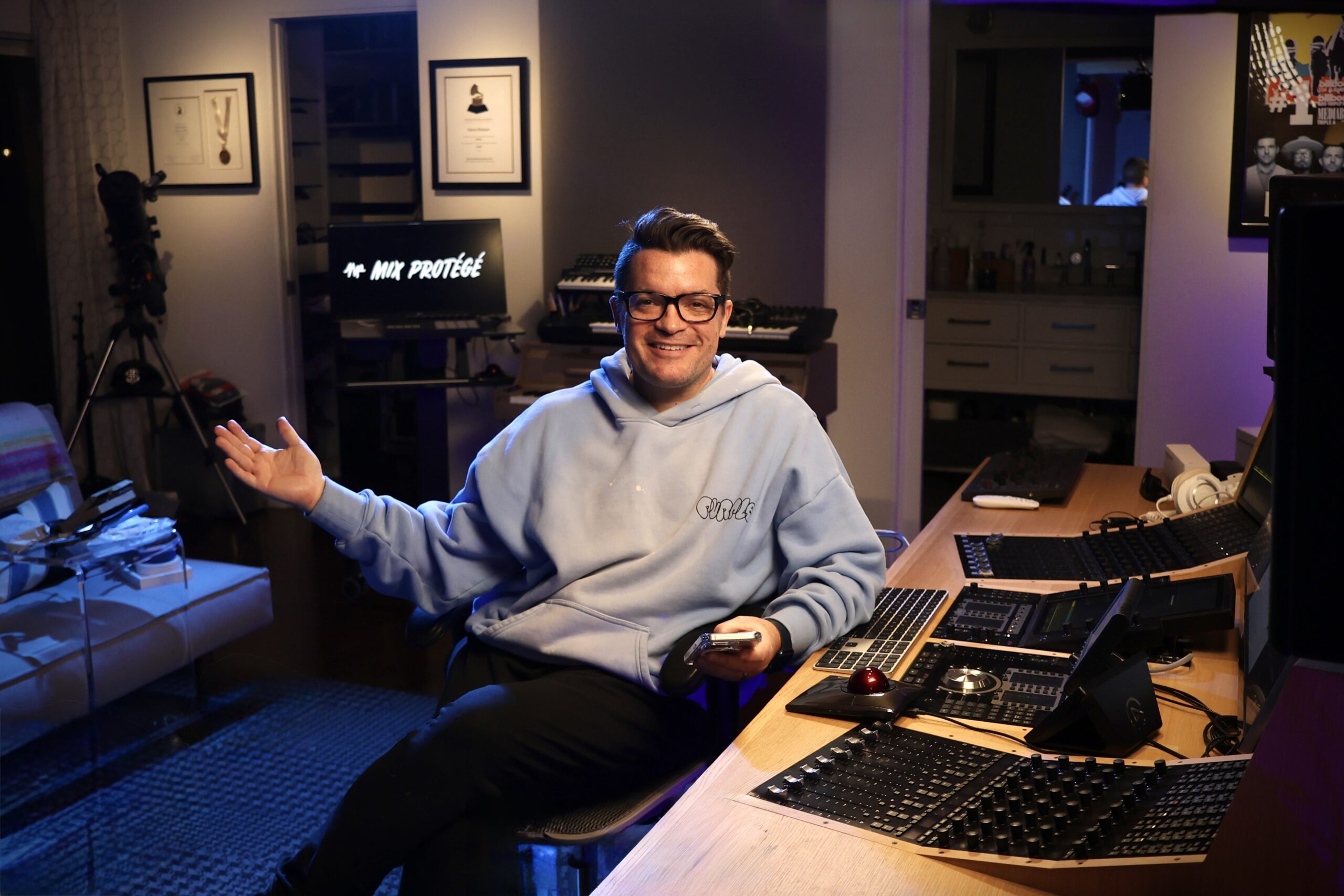-
Dialing in Delay/Reverb in Mix (During vs After)
Posted by Christopher Dunston on July 18, 2024 at 9:35 amDo you feel like it’s better to add delay and reverb as you go, or getting a good mix without it and then sprinkling in to taste? In terms of your personal favorite mixes you’ve done what has been your process/thoughts?
How do you go about finding the right Reverb settings and types to dial in? Do you typically use 1 or more than one reverb and what gets priority reverb treatment vs very little/no reverb
I noticed I was able to dial in a better mix with out adding delay/reverb just yet on an older mix I worked on
Dana Nielsen replied 1 year, 4 months ago 3 Members · 7 Replies -
7 Replies
-
@Bigchrizzle! This is such a great question and one I think about and tinker with all the time.
Here’s my general approach to fx while mixing.
- I always get my initial balance without reverbs / delays, and I let the dry mix “tell” me what it needs — for example, while I’m working on the dry balance my imagination is filling in various effects like a vocal tape slap effect or a delay throw on that lyric there, etc.
- After I’ve been mixing “dry” and my imagination has been consistently suggesting the same effects ideas over and over again, I’ll take a moment to manifest those ideas using various plugins on a series of stereo FX returns like Slap, Delay, Verb, Modulation, etc. This initial “FX manifest” doesn’t have to be 100% perfect, but it should at least be a quality representation of my imagined sound.
- I’ll play around, mixing with the FX, automating some of the special FX moments I’d imagined, having fun while doing some delay throws, reverse reverbs, maybe some kind of bone-dry vocal line when the band drops out before the last chorus …
- Then I’ll mute them all again and really focus on the dry mix, imagining “how could I make this mix radio-ready without any effects?”. I’ll really try to make the mix as engaging and exciting as possible with no reverb, delay, etc. This “back to dry” process forces me to work harder on what I would consider the essentials: balance and automation.
- Once I have a dry mix that really slaps, that I’m loving even without FX, then I’ll put headphones on and bring my FX return faders back up, little by little, adjusting to taste. Doing this part in headphones ensures I wont add more FX than needed – the FX are there to support an already rocking mix. And since I already designed the FX in step 3 and know they’re in the ballpark, this final step is really just about fine-tuning rather than exploration and discovery.
So in general I like to keep things fresh and stay inspired by toggling back and forth (usually for hours, sometimes days, at a time) between dry mixing and wet mixing. And the point at which I switch between those modes is when I feel I’ve started to lose steam or perspective and need to re-inject some inspiration into my process. ⚡️
-
Thank you so much for this! I noticed when I started mixing without Time/Space/Modulation effects I was able to achieve a better mix faster!! This is an awesome reply to my question! I will definitely continue to use this approach!
-
Awesome, man, I’m so glad to hear that! Happy to help, and look fwd to hearing what you’re up to!
-
-
Loving this thread and process!
It’s like bbq (vegan or otherwise), make it slap with the dry rub and then add the sauce to taste!
Do you ever get vocal stems with already great fx that you then have to approximate if tasty? Or are they typically dry and you sauce to taste?
-
Hahaha, love the BBQ analogy, which is dead ON! (And perfect coming from a Texan 😉🍖. TX is more of a “this Q don’t need sauce!” region of the BBQ map, if I’m not mistaken, right?).
As for saucy stems … I’ll always try to utilize the effects provided in a “wet” stem if I can, since that’s the way the artist/producer have envisioned the sound of the record. But if their sauce seems off, or is diminishing my creative/technical flexibility, I will immediately switch to a dry stem and do my own thang.
-
-
Ah, ok. So it sounds like you might typically get dry and wet stems. I’m trying to get better at printing the wet fx for main stems like vocals but it can be a pain in Ableton to do quickly.
As for BBQ, you are correct! Us Texans do think the meat should be succulent without the sauce, but we still love us some sauce options. At least this saucy-boy does! 🍖🛸
-
I agree with the TX bbq philosophy – meats (all food, really) should be seasoned to perfection and unstoppably good, sans sauce. But like you, I ain’t no sauce hater!
For what it’s worth, here’s a link to my stems checklist I send to folks who are exporting their multitrack session from Ableton, Logic, etc. in preparation for me to mix it in Pro Tools:
https://dananielsen.com/stems-checklist/
dananielsen.com
Stems Checklist - Dana Nielsen
Time to prepare your mix stems! Stems Checklist Tempo (bpm) clearly marked on folder or files Stem name (instrument or instrument group) on each file, i.e. “Lead Gtr – Song Name – Mix Name or Date” Stems do not need … Continue reading
-
Log in to reply.

